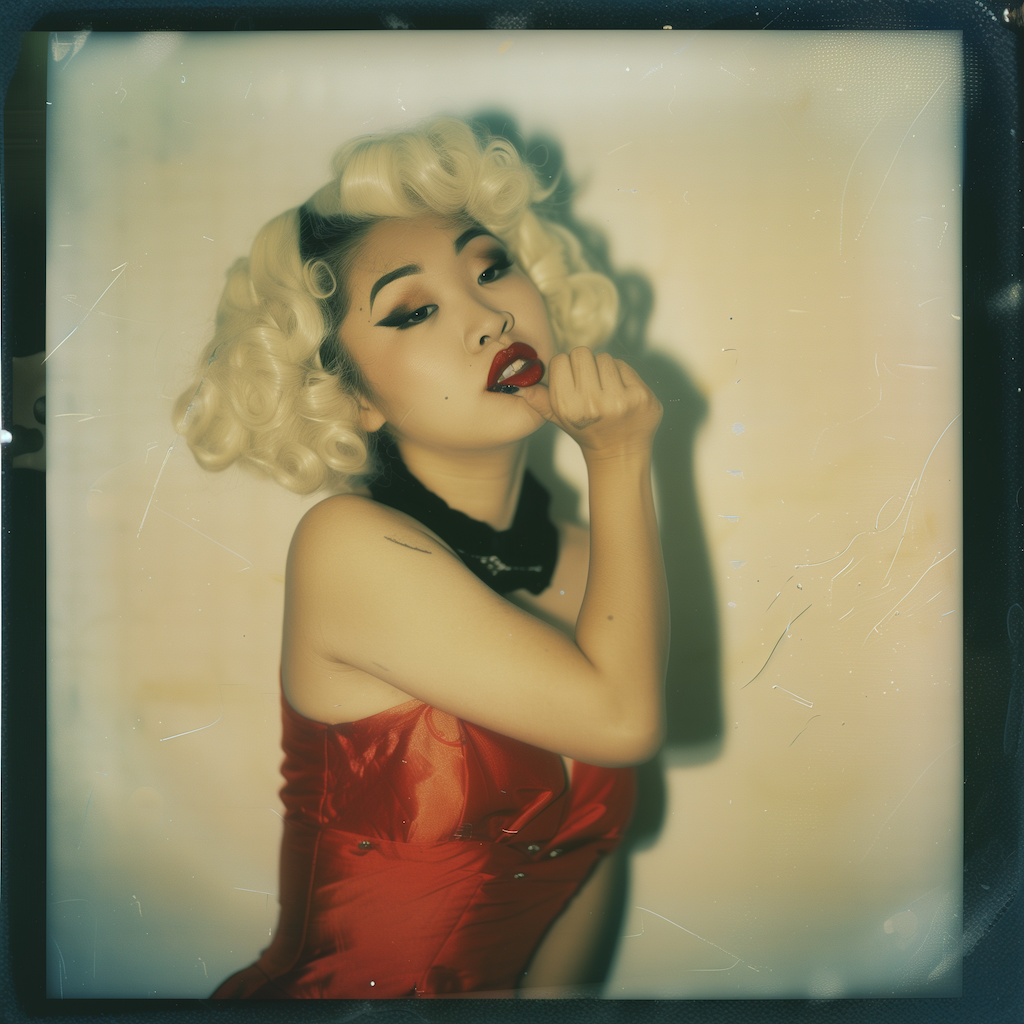Here are impromptu street portraits of Kiju on Crosby Street in Soho, NYC. Kiju is an alternative rock performer.
Friday 4 October 2024
Call Me KIJU
Here are impromptu street portraits of Kiju on Crosby Street in Soho, NYC. Kiju is an alternative rock performer.
Wednesday 4 September 2024
SoHo's Fashion Billboards
 Some of my street fashion shoots begin at the corner of Houston and Crosby Streets, and on several occasions, I attempted to position the models so the massive Calvin Klein billboard would feature in the background. However, it always ended up overexposed.
Some of my street fashion shoots begin at the corner of Houston and Crosby Streets, and on several occasions, I attempted to position the models so the massive Calvin Klein billboard would feature in the background. However, it always ended up overexposed.Still, this sparked the idea for a mini-project showcasing Soho's iconic billboards, especially with the buzz of New York Fashion Week in town. This is an ongoing project, and this post updated whenever I have new billboards to show.
A few interesting details about these 75-foot billboards: they are typically contracted for 28-day periods and can range in price from $5,000 to an astonishing $50,000 per day, depending on the location. For instance, if the Calvin Klein billboard is in a prime spot, it would cost approximately $1.4 million every 28 days, with its image updated every two weeks.
Wednesday 31 July 2024
Tuesday 23 July 2024
THE AI CORNER | The "Marilyn Monroe" Polaroids
The MidJourney prompt is: "Create a realistic polaroid photograph of a pretty Asian woman, wearing a red dress with blonde hair styled in curls, black accessories, and red lipstick, blowing a kiss. --ar 1:1 --stylize 0"
Tuesday 9 July 2024
Wednesday 3 July 2024
THE AI CORNER | 4 "Polaroids"
The MidJourney prompt is "35mm haute couture photography, female Asian model with a dramatic headpiece, exaggerated sculptural elements, Avant Garde designs, subtle makeup, large earrings, Polaroid style".
Tuesday 2 July 2024
PRIDE 2024
Despite the cloudy, humid day and threats of thunderstorms, thousands of people carrying or wrapped in Pride flags celebrated the New York City Pride March on Sunday June 30.
The march commemorates the 1969 Stonewall uprising, the spark that lit the rights movement. The New York march is the largest of its kind in the United States, with around 25,000 marchers and around two and a half million spectators expected to celebrate. There were a large number of pro-Palestinian marchers/demonstrators as well.
Subscribe to:
Posts (Atom)
Call Me KIJU
Here are impromptu street portraits of Kiju on Crosby Street in Soho, NYC. Kiju is an alternative rock performer.
_KIJU%20copy.jpg)
-
Chinatown 65:24 by Tewfic El-Sawy on Exposure I recently decided to experiment with the 65:24 aspect ratio option in my GFX50R (and fo...
-
Image Copyright © Phil Borges-All Rights Reserved Three years ago, Phil Borges partnered with the organization CARE to bring attention to th...











_DSCF4737.jpg)



GP9_MIDT(-)_DSCF4729.jpg)


















_VIG1:1.jpg)























